How To Market Your Small Business & Why Most Influencers Are A Waste Of Money
Marketing your business online: Tips, costs, and influencer considerations
Getting started with online marketing
- Define Goals: Clearly outline what you want to achieve (e.g., brand awareness, website traffic, sales).
- Target Audience: Research who you want to reach and select social media platforms popular with them. Know your target demographic (Very Important)
- Create Engaging Content: Develop high-quality images, Posters, Slogans videos, and text that showcase your products or services and resonates with your audience. #BeCreative
- Utilize Free Methods:
- Every platform has a certain core demograhic ie Facebook is used more by the over 40s Tik Tok for the under 25s
- Post regularly on relevant social media platforms (e.I Find Facebook and Tik Tok as very beneficial especially if you are targeting the over 40s Use relevant hashtags.
- Join and engage in online communities and forums related to your niche.
- Consider video marketing on platforms like YouTube and TikTok.
- Optimize your content for search engines (SEO).
- Build relationships and offer value to potential customers.
- Be Creative with Eye and Attention Catching Slogans
Costs of online marketing
Digital marketing costs can vary significantly based on business size, industry, and goals. In the UK, these costs can range from a few hundred pounds to thousands per month.
Here are some typical monthly costs for small businesses:
| Service | Monthly Cost (£) |
|---|---|
| Marketing Strategy | £900-£1,000 |
| Content Marketing | £1,000-£1,200 |
| PPC (Pay Per Click) | £1,250-£1,500 |
| SEO | £1,100-£1,250 |
| Social Media Marketing | £2,000-£2,500 |
| Website Maintenance | £50-£400 |
Data as of January 2024
- Budgeting: Small businesses often allocate 5-10% of their annual revenue to marketing, with a focus on core activities like SEO, social media, and email marketing.
- Affordable Strategies: Email marketing is generally considered cost-effective, potentially ranging from £200-£800 per month.

Influencer marketing: Choosing wisely
- Beware of Fake Engagement: Some influencers inflate their follower count using bots or other inauthentic methods, leading to wasted marketing budget and poor ROI.
- Why fake engagement is a problem:
- Wasted Budget: Fake followers won’t convert into customers, making payments to such influencers ineffective.
- Skewed Data: Inflated metrics distort analytics, leading to bad decisions about future campaigns.
- Damage to Credibility: Collaborating with fake influencers can harm your brand’s reputation as consumers value authenticity.
- How to spot fake influencers:
- Low Engagement Rate: A high follower count with very few likes, comments, or shares is a major red flag.
- Generic Comments: Look for repetitive, one-word compliments or nonsensical comments, which often indicate bot activity.
- Suspicious Growth: Sudden, unexplained spikes in follower growth could mean followers were purchased.
- Follower-to-Following Ratio: A balanced or higher following count compared to followers can indicate follow-for-follow schemes rather than genuine community growth.
- Use Tools: Platforms like HypeAuditor or Social Blade can help analyze an influencer’s audience quality and growth trends.
- Focus on Authenticity and Engagement: Prioritize influencers with genuine engagement and an audience that aligns with your target demographic.
- Micro-influencers (smaller, niche followings) often have more engaged audiences, potentially offering better value.
Based on market trends and data from 2025, here is an updated costing section for online marketing in the UK, including minimum Costs.
For small to medium-sized enterprises (SMEs), here are some updated monthly cost ranges for common digital marketing services.
| Service | Minimum Cost (£) | Typical Average Range (£) |
|---|---|---|
| Search Engine Optimisation (SEO) | £300–£500 | £750–£3,000 |
| Pay-Per-Click (PPC) Advertising | £250 (plus ad spend) | £900–£5,000 (plus ad spend) |
| Content Marketing | £200 (basic blogging/email) | £1,000–£4,000 |
| Social Media Marketing | £250–£300 (entry-level) | £800–£2,500 |
| Email Marketing | £10–£20 (basic plan) | £500–£1,000 (managed services) |
| Website Maintenance | £50 | £50–£400 |
| Agency Core Retainer | £1,250 | £1,250–£3,500 |
| Freelancer Hourly Rate | £25 | £25–£150 |
Factors driving digital marketing cost increases in 2025
Digital marketing costs continue to rise in 2025 due to several key factors:
- AI and automation: Increased adoption of advanced technology for efficiency drives up platform and expertise costs.
- Skill shortages: High demand for specialists in data analytics and AI integration pushes up rates.
- Competition: Increased competition in the digital market, particularly for SEO, requires more intensive and strategic resource allocation.
- London premium: Agencies based in London often have higher operational costs, resulting in prices that can be 15–25% higher than regional counterparts, though remote work has slightly narrowed this gap.
How to use these costs
- Minimum costs: These are typically for basic, single-platform services or self-managed campaigns using entry-level software. They are suitable for startups and very small businesses with limited scope.
- Typical average ranges: These represent the cost for small to medium-sized businesses seeking more comprehensive, multi-channel strategies managed by either freelancers or agencies.
- Strategic budgeting: Align your marketing investment with your business objectives, not just activities. For example, a startup might invest a higher percentage of its revenue in marketing to build visibility, while a larger, established business focuses on optimising for efficiency.
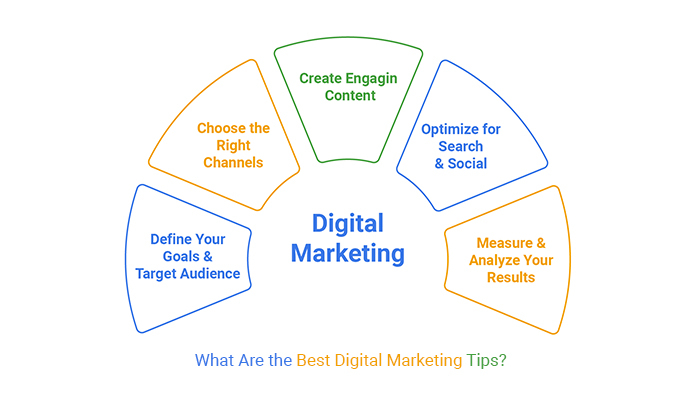

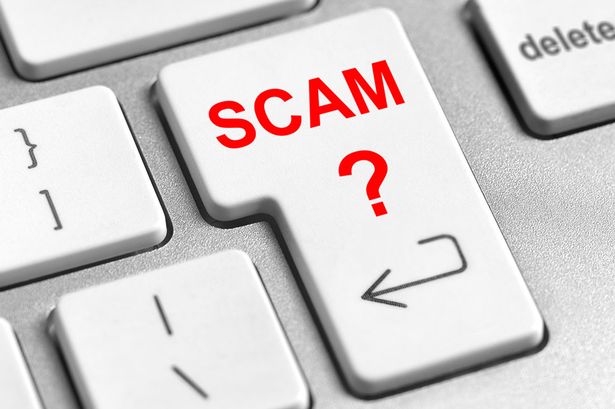
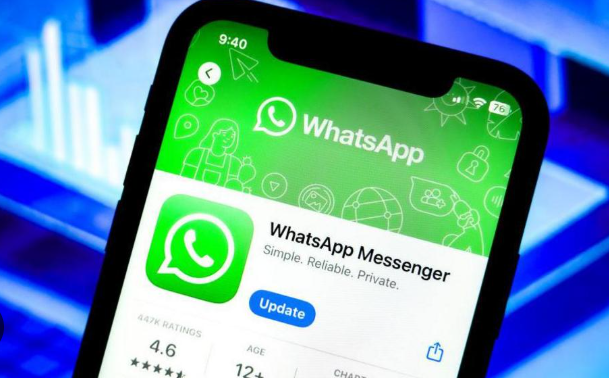
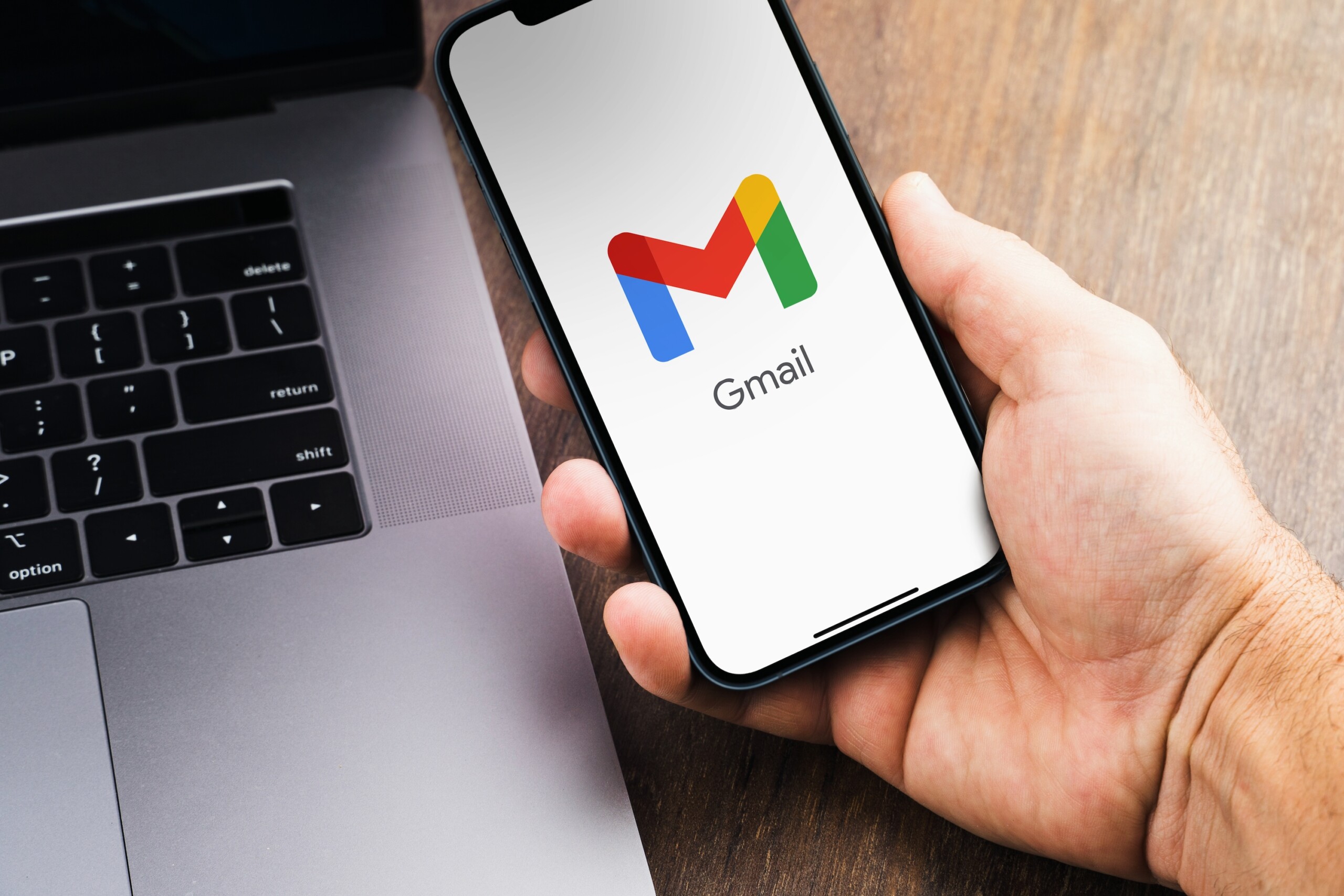


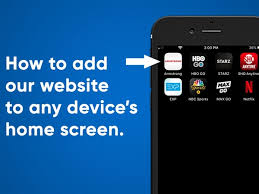
Post Comment